Kids have always cherished the snow falling quietly down and covering trees, fields and houses with its white blanket. But has it always been like that? As back as the memory of our grandparents goes, snow has always been important for nature and human beings. A long time ago, when the snow had arrived, activities on the fields naturally slowed down, and farmers gathered in the warm and comfortable stables, thanks to the cows and the oxen breathing from their huge nostrils. The elder people used to tell traditional stories to their grandchildren, while men were repairing old tools and working hay to make beautiful baskets, and women were engaged in household chores. The snow was much more appreciated at the time: with no cars hurrying along, everything proceeded at a slow pace. It provided water for the fields, and protected plantation, especially wheat, from freezing temperatures and ice. It was like a warm hug that made people and nature rest for a little while.
The snow also helped to create the first kind of ice cream: at the time when freezer and supermarkets didn’t exist, mothers used to collect the most fresh snow, mainly from trees, poured it into glasses and topped it with sweet sapa. Sapa is another traditional product of Le Marche, that derives from the grapes pressing. The grape must obtained is cooked very slowly in a copper or steel pot on direct heat and continuously frothed from all the impurities. The liquid reduced by two thirds, and sapa is finally ready. The sapa was the only sweetener for the poor man for years, because sugar was far too expensive. It has a long preparation, that prevents modern farmers to cook it: it has become an elite grape’s product, only tasted in traditional farms.
The children’s version of this old, yet yummy ice cream, has also an adult counterpart. Instead of sapa, adult preferred the alcoholic version: snow and fresh sour cherry wine, of which we will talk about in another post. Yumm, they really did know how to enjoy the snow!
This year almost 60cm snow has fallen down, but now we have to look for some sapa!
[The traditional history is gathered by Cristiano Dellabella]
- Mt. San Vicino
- Snowy hills in Le Marche
- The little village of Poggi Cupro
- Cupramontana
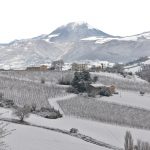

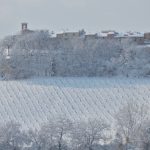
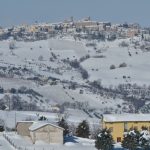
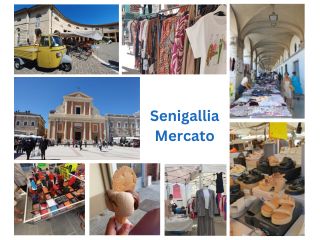
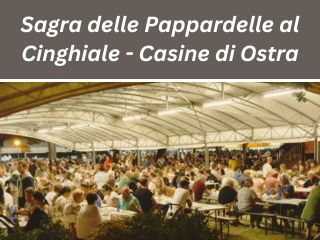

0 Comments